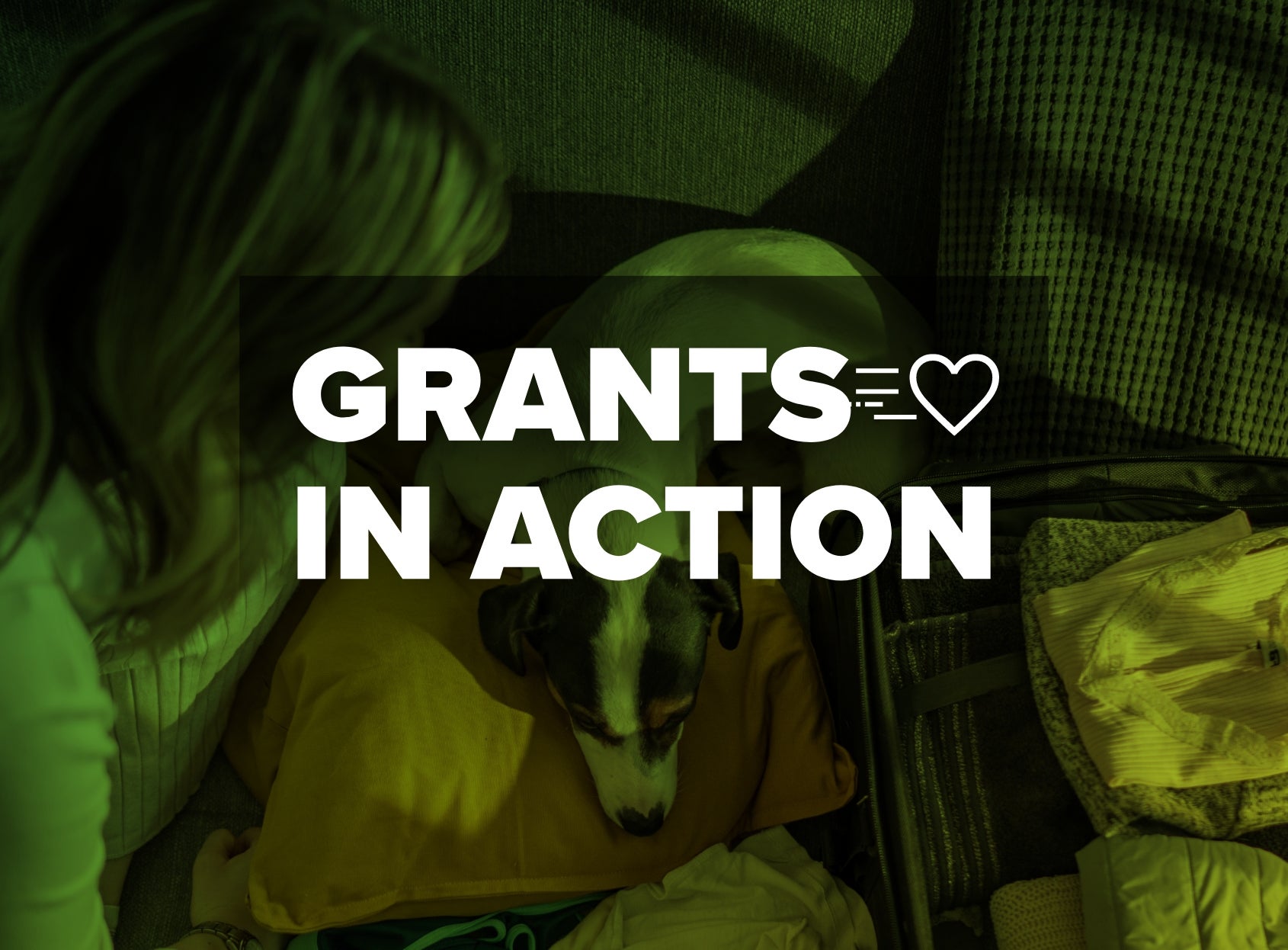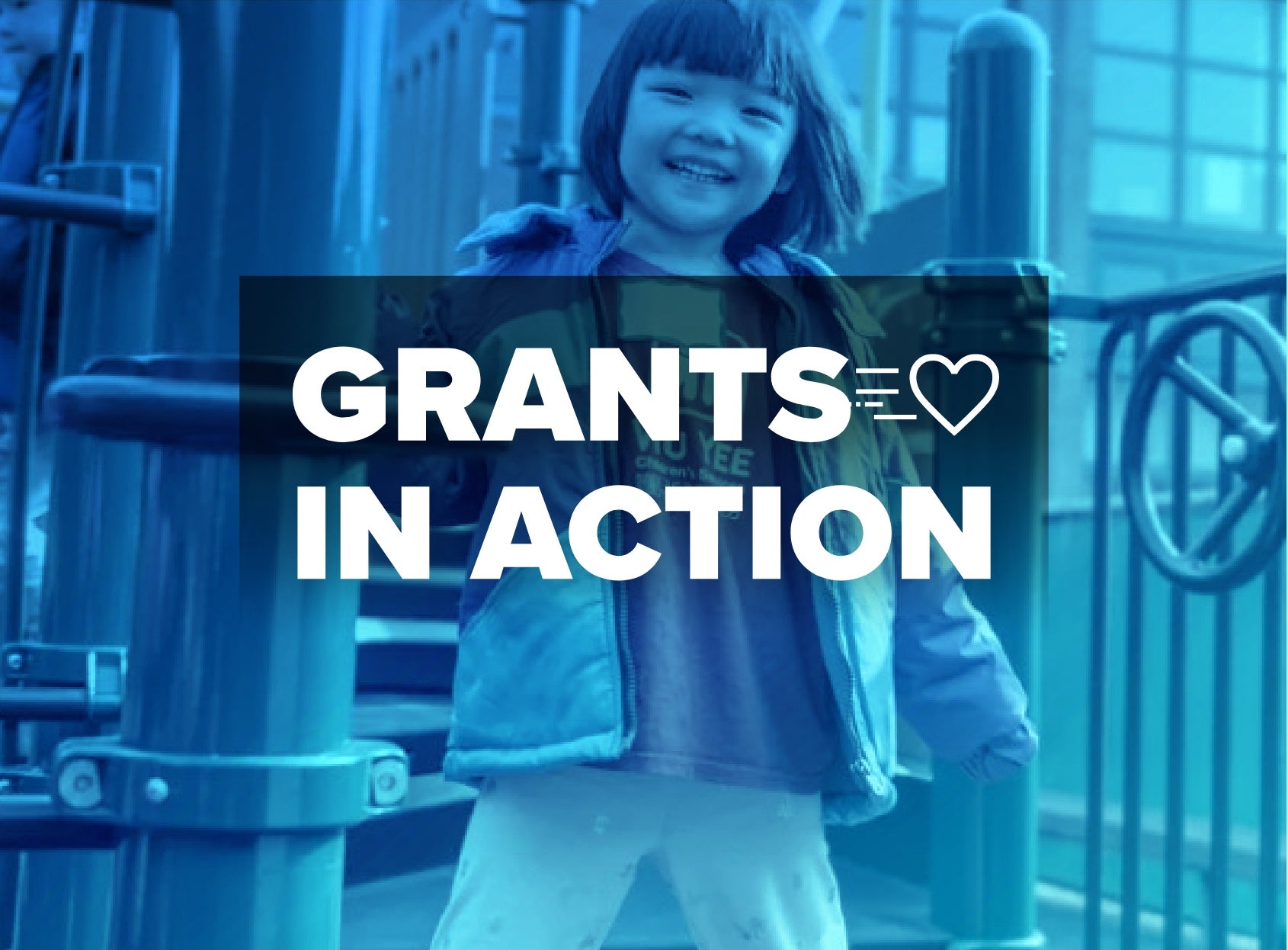Due Diligence: Being Informed about Misinformation

Philanthropy is a layered and nuanced practice driven by a simple impulse: the desire to help. Fundamental to impactful philanthropy is due diligence—the phase of critical thinking and active research that’s meant to ensure a philanthropist’s impact aligns with their intent.
In recent years, misinformation has become a common buzzword, and with the rise of artificial intelligence in business and communication, it’s more important than ever to understand what this term means and its relevance to your philanthropy. In this second installment of our series on due diligence, we’ll explore what misinformation is and how to identify and respond to it.
What is Misinformation?
Defined as “false information that is not intended to harm,” misinformation is getting the facts wrong, though not purposely. The central difference between misinformation and disinformation is intent. The end of a game of “whisper down the lane” usually results in misinformation. Each player repeats what they heard and believed to be true. However, the end result is usually wildly different than the starting phrase. By no ill intent, the end result is incorrect.
The Role of AI in Misinformation
Artificial intelligence (AI) has significantly transformed the landscape of information dissemination, making it easier than ever to spread both accurate and inaccurate information at lightning speed. While AI can be a powerful tool for good, such as predicting disaster needs or analyzing charitable trends, it also has the potential to amplify misinformation. AI algorithms often prioritize content that generates high engagement, which can sometimes be misleading or sensationalized information.
For philanthropists, this means that due diligence must now include an awareness of how AI influences the information we receive. It’s crucial to understand that AI-generated content might not always be vetted for accuracy and can sometimes perpetuate false narratives unintentionally.
A Real-World Example of Misinformation
After a natural disaster, a donor reads a social media post saying that the affected communities are in desperate need of canned soup. After looking up the address of a food pantry local to the disaster, the donor decides to send 1,000 cans of their favorite clam chowder to that food pantry.
When the food pantry receives the clam chowder, they’re confused and overwhelmed by the sheer amount of chowder they never asked for, and because the disaster damaged their facility, they don’t have anywhere to store it.
- In reality, local food pantries had posted to social media seeking donations—but asked specifically for donors to refrain from sending canned goods, as this wasn’t a priority at that time. The post seen by the donor wasn’t made by one of the local food pantries, it was just someone else who wanted to help and inspire others to help.
In philanthropy, misinformation—while not disseminated with the intent to bring harm—can still have negative effects. The surplus of soup doesn’t bring great harm, per se, but it did create an unnecessary hassle for the food pantry. The funds spent on soup could have gone to something more helpful, allowing the donor to achieve the impact they truly desired when they decided to help.
How to Identify Misinformation in Real Time
You can help slow the spread of misinformation, and potentially prevent some negative consequences, by literally slowing down. Philanthropists are driven to do good, but it’s important not to let your enthusiasm to help your fellow man overshadow your good judgement. Before acting on new information or sharing it, take a moment to ask yourself a few questions:
1. What’s my gut feeling—does this info seem too good to be true or sensationally negative?
2. Who is the original source of this information?
3. If they reference data—is the data available, and does it match their claims and conclusions?
4. What is the context of this new information?
5. Where am I encountering this information?
Conducting thoughtful due diligence is a multifaceted process, and understanding how to avoid the pitfalls of misinformation is key to engaging meaningfully in your philanthropic journey.
NPT is not affiliated with any of the organizations described herein, and the inclusion of any organization in this material should not be considered an endorsement by NPT of such organization, or its services or products. NPT does not provide legal or tax advice. This blog post is for informational purposes only and is not intended to be, and shall not be relied upon as, legal or tax advice. The applicability of information contained here may vary depending on individual circumstances.



